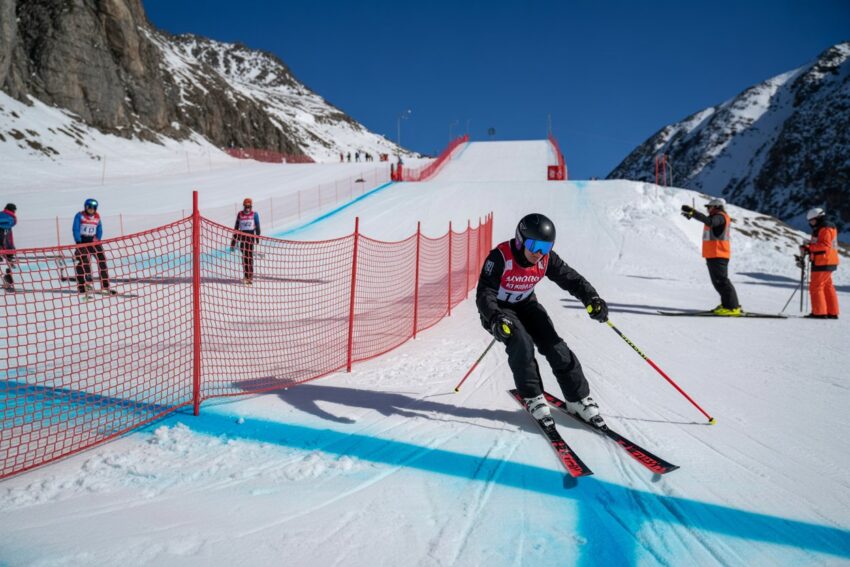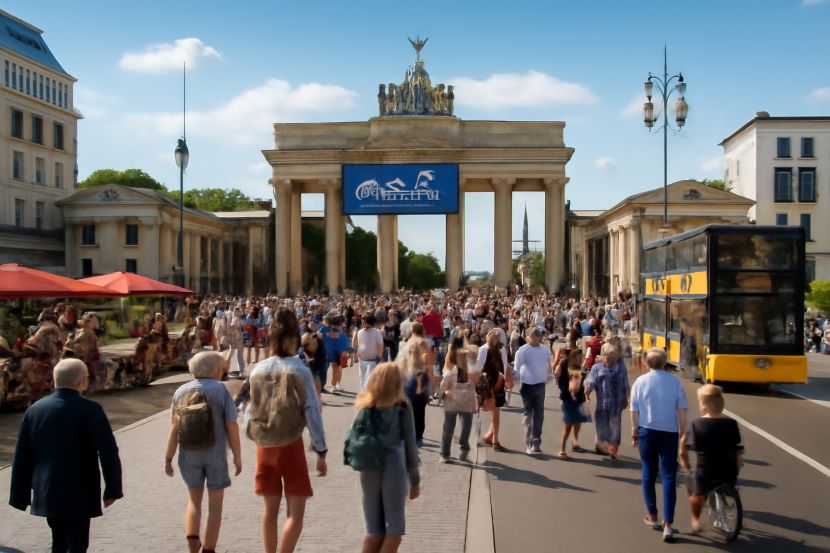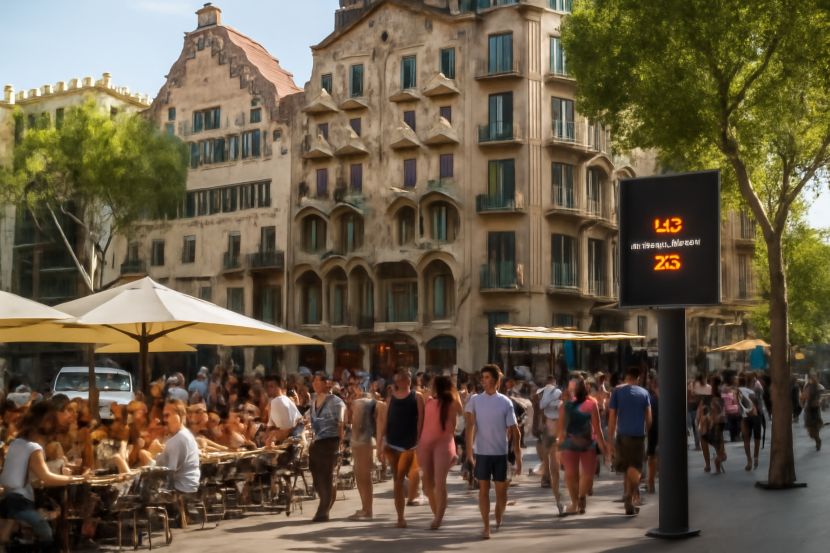Debate on Ski Training Course Safety Erupts as Olympic Ski Season Opens

As the Olympic ski season begins, concerns over the safety of training courses have taken center stage, following a series of tragic incidents and the deaths of several skiers during preseason training. The issue has gained heightened attention just five months before the Milan Cortina 2026 Winter Olympics, with athletes, coaches, and officials calling for better safety measures.
The debate about dangerous ski training courses has been rekindled after the tragic death of Matteo Franzoso, a 25-year-old Italian skier, during preseason training in Chile. Franzoso crashed through two layers of safety fencing and collided with a wooden fence positioned just outside the course, sustaining fatal cranial trauma. This incident, along with several others, has raised alarms within the skiing community, highlighting the risks associated with training conditions that often do not meet the same safety standards as race-day courses.
Tragic Incident Highlights Ski Training Risks
Franzoso’s tragic death was not an isolated incident. His passing marked the third skier death in less than a year, following similar fatalities among young Italian skiers. The Alpine skiing community has been grappling with questions surrounding the risks of training courses, which are often set up in temporary locations and lack the stringent safety measures used during actual World Cup races.
Mikaela Shiffrin, the American ski champion, has been vocal about the dangers of training courses. Shiffrin, who suffered significant injuries in a crash during a World Cup giant slalom race, expressed heightened awareness of the risks during her return to training. “We are often training in conditions where the variables are just too many to control, and you have to decide sometimes: Is this unreasonably dangerous, or is this within a reasonable level of danger?” she said.
Shiffrin’s injuries left her with a punctured abdomen and severe muscle damage, forcing her to reassess the inherent dangers of skiing at the highest level. Despite the risks, Shiffrin emphasized the importance of training, even in challenging and potentially unsafe conditions, to ensure peak performance on race day.
Safety Concerns and Financial Constraints
The central issue lies in the safety standards of training courses compared to race courses. While World Cup and Olympic events are carefully managed with safety netting, medical staff, and proper course maintenance, training courses often lack the same levels of oversight. These courses are generally set up with smaller crews, limited medical staff, and less protective infrastructure. In some cases, fewer safety nets are installed, and courses may not be as well-maintained as those used during official races.
This disparity has led many in the skiing world to voice concerns, particularly after the death of Franzoso. Sofia Goggia, the Italian Olympic downhill champion, pointed out that the financial constraints of maintaining fully safe training courses, especially in remote locations, have contributed to the risks skiers face. “At a high level, it’s like F1 or MotoGP in downhill, super-G, but also giant slalom; the risk is there every time,” she noted, acknowledging that the nature of the sport always involves risk.
Calls for Improved Safety Measures
In the wake of Franzoso’s death, the International Ski Federation (FIS) and national skiing federations have come under increasing pressure to improve the safety protocols surrounding ski training. The Italian Winter Sports Federation has called for the establishment of dedicated training courses, especially in regions like Chile, Argentina, and New Zealand, which host preseason training camps for skiers. These courses, they suggest, should have the same safety netting and standards used during official competitions.
Johan Eliasch, the President of FIS, acknowledged the importance of improving safety across the board. “We need to make sure that when you have training runs in speed, the safety standards are exactly the same as on the big race day,” Eliasch said. His comments indicate that there is a growing push within the governing body to make safety a priority, even outside of race day.
The Financial Challenge of Improving Training Courses
While calls for improved safety are growing, some are concerned about the financial feasibility of implementing these changes. Skiing is an expensive sport, and adding extra safety measures—like installing additional nets, maintaining pristine snow conditions, and increasing the number of medical staff—requires significant investment. Smaller teams and less wealthy federations may struggle to meet these financial demands.
Roland Assinger, the coach of the Austria women’s ski team, emphasized that safety netting in places like Copper Mountain, Colorado, is unparalleled. However, such levels of safety infrastructure are not always achievable in countries with fewer resources. Assinger and other coaches are calling for a more unified approach to ensuring safer training environments across the board, but the financial and logistical hurdles remain significant.
The Road Ahead: A Shared Responsibility
The debate over ski training safety is far from over, with coaches, athletes, and federations continuing to push for change. At the heart of the conversation is the balance between the inherent dangers of the sport and the responsibility of those who create the conditions in which athletes train and race.
The tragic death of Franzoso has shaken the skiing world, but it also offers an opportunity for change. Improved safety measures in training environments are necessary to ensure that athletes can train at the highest levels without putting their lives at undue risk. For now, the call for more protective measures, better financial support, and a collective approach to safety remains at the forefront of the Alpine skiing community’s agenda.
Conclusion: A Pivotal Moment for Skiing Safety
As the Olympic ski season kicks off, the conversation around safety continues to evolve. Athletes like Mikaela Shiffrin and Sofia Goggia are pushing for greater awareness of the risks, while national federations and the International Ski Federation (FIS) work to implement lasting safety reforms. The tragic events of the past year have made it clear that the sport needs to adapt, with increased safety standards that reflect the growing demands and dangers of modern skiing.
In the end, skiing’s risks cannot be eliminated, but by prioritizing safety, athletes can focus on achieving excellence in a sport they love—without compromising their well-being.
The post Debate on Ski Training Course Safety Erupts as Olympic Ski Season Opens appeared first on Travel And Tour World. Air Tahiti will operate more than 40 additional flights between October 29 and November 1, 2025, to support the Hawaiki Nui Va’a, French Polynesia’s largest canoe race. The airline expects to carry over 2,600 passengers […]
Air Tahiti will operate more than 40 additional flights between October 29 and November 1, 2025, to support the Hawaiki Nui Va’a, French Polynesia’s largest canoe race. The airline expects to carry over 2,600 passengers […] 



 In a world where motorsport is often loud and exclusive, a quieter, more sustainable revolution is taking over the track—and it’s inviting everyone in. This October, Spain’s Circuit Ricardo Tormo in Valencia will host the […]
In a world where motorsport is often loud and exclusive, a quieter, more sustainable revolution is taking over the track—and it’s inviting everyone in. This October, Spain’s Circuit Ricardo Tormo in Valencia will host the […]